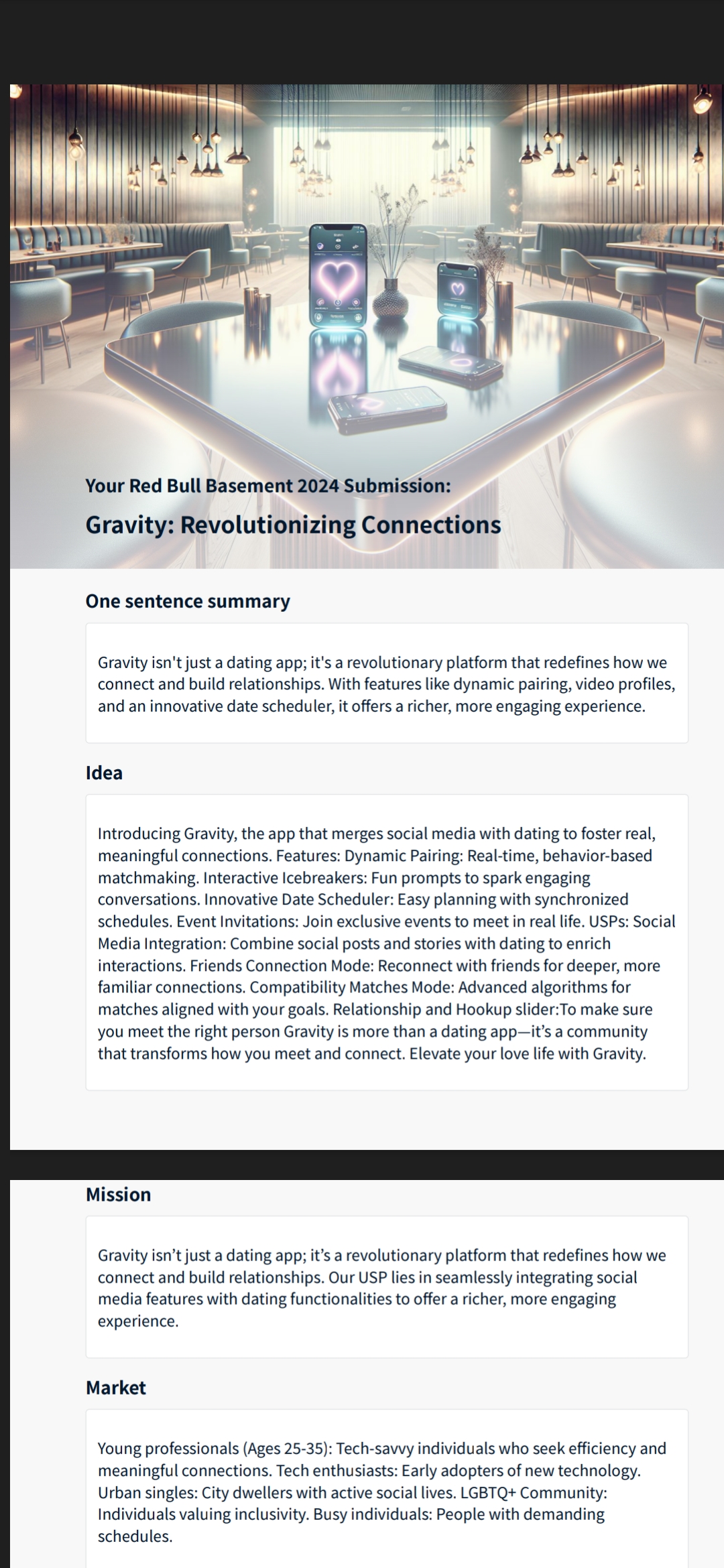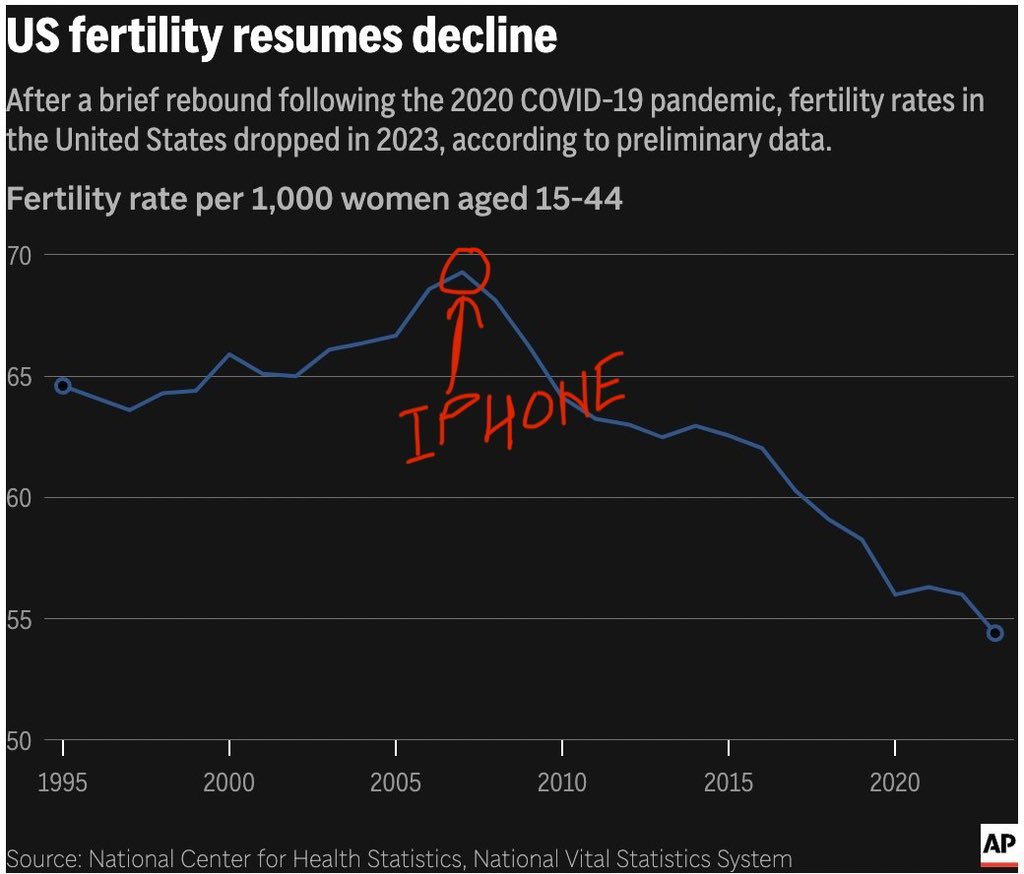Back
Nishant Mittal
Entrepreneur, musici... • 21d
I read Mr. Deepinder Goyal’s gravity hypothesis on ageing. While it's a perspective being brought to the fore hopefully for research and exploration purposes only, there are some great issues with this way of thinking. Firstly, let me be clear that I liked the document. It was a fun read. And while it may have some scientific concerns, the fact that Mr. Goyal is putting money where his mouth is (with the $25M investment on R&D) is pretty nice. Conversations like these move the society forward. Cheers to that! That said, the whole spiel of finding gravity as that "one magical hidden variable" of the ageing problem, and controlling CBF (Cerebral Blood Flow) through inversions as "one magical lever" to solve for it, is deeply reductive and interventionist in nature. This kind of thinking is very seductive, of course. After all, our mind loves to believe seemingly "revolutionary" singular theories that focus on that one key variable. Because if there's one cause, there's one solution. And isn't that beautiful? But that's the problem. While hyperfocus and overoptimisation of that "one key variable" leads to great success in the startupsphere, it's a very bad idea when it comes to extremely complex biological systems like the human body. Because life isn’t linear. Biology is complex, layered, and full of unknown unknowns. When we treat complex systems as simple machines, we break them in ways we can’t predict. Mr. Goyal's entire thesis rests on the fact that CBF declines with age, and if he can reverse that decline, or optimise on it by acting on gravity, it's gold. In his words, "Optimizing CBF by countering the effects of gravity may be the highest leverage intervention for slowing aging and maintaining cognitive sharpness". But what if there's a reason for the decline of CBF? What if it's not totally degenerative, but adaptive? We often interpret physiological decline as failure. But biology doesn’t waste energy, right? What if it's really necessary? Now I'm not an expert on Neurophysiology. But having read just a few relevant books, I can sense that a gradual reduction in CBF might be happening to reduce metabolic demand as neurons age, lowering oxidative stress, preventing vascular rupture in increasingly stiff arteries, and prioritizing essential brain functions instead of exploratory ones (the young brain seeks novelty, while the old one yearns for stability). In other words, the shift might be regulatory. And thus indeed very important. And if that is true, what if you artificially elevate CBF (methodically and continuously) and then get a brain hemorrhage? What happens then? What I'm sayings is that if CBF's decline is a feature of homeostasis, forcing reversal may cause disorder. This is called Iatrogenic Fragilization, i.e. harm caused by intervention in a complex system we only partially understand. Instead of looking at OKRs, problems like ageing need an opposite (read holistic) way of thinking. And what is that? Look at Japan.
Replies (1)
More like this
Recommendations from Medial
Sagar gupta
Full-time Freelancer... • 1y
Javascript Questions Asked in Every Interview | PART 1 1. What is the difference between Null and undefined. Ans: Null and undefined are both primitive values in javascript that represents the absence of value. Key difference null is deliberately a
See More
Hasan Contractor
Trying to build some... • 1y
"Transforming Online Dating with Gravity – A Revolutionary New App" . . . . 🚀 Introducing Gravity: The Future of Dating! 🚀 Gravity combines advanced matchmaking with social networking features to help you build real, meaningful connections. With d
See More
Hasan Contractor
Trying to build some... • 1y
My submission of a Social Media Dating App at the Red bull Basement 2024 ✨ Introducing Gravity: Your New Way to Connect! ✨ Gravity is changing the way we date by combining smart algorithms with social features to create more authentic connections.
See More
Hasan Contractor
Trying to build some... • 1y
✨ Introducing Gravity: Your New Way to Connect! ✨ . . . . Gravity is changing the way we date by combining smart algorithms with social features to create more authentic connections. From video profiles to real-time activity status and event invites
See More
Muttu Havalagi
🎥-🎵-🏏-⚽ "You'll N... • 1y
Students developing 3-legged robot that can hop to study asteroids Students at ETH Zürich are developing a three-legged robot that can navigate very low gravity environments, like those found on asteroids, by using a jumping-like motion. The student
See More
Download the medial app to read full posts, comements and news.



































